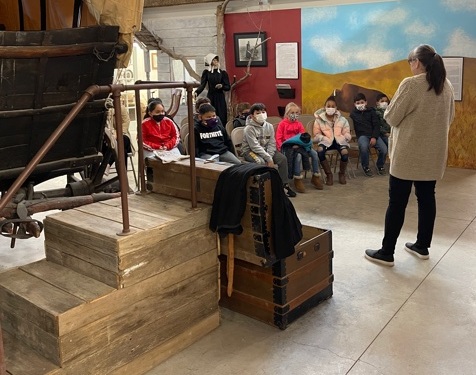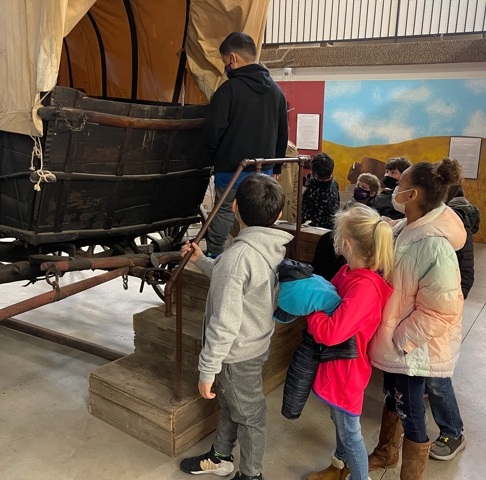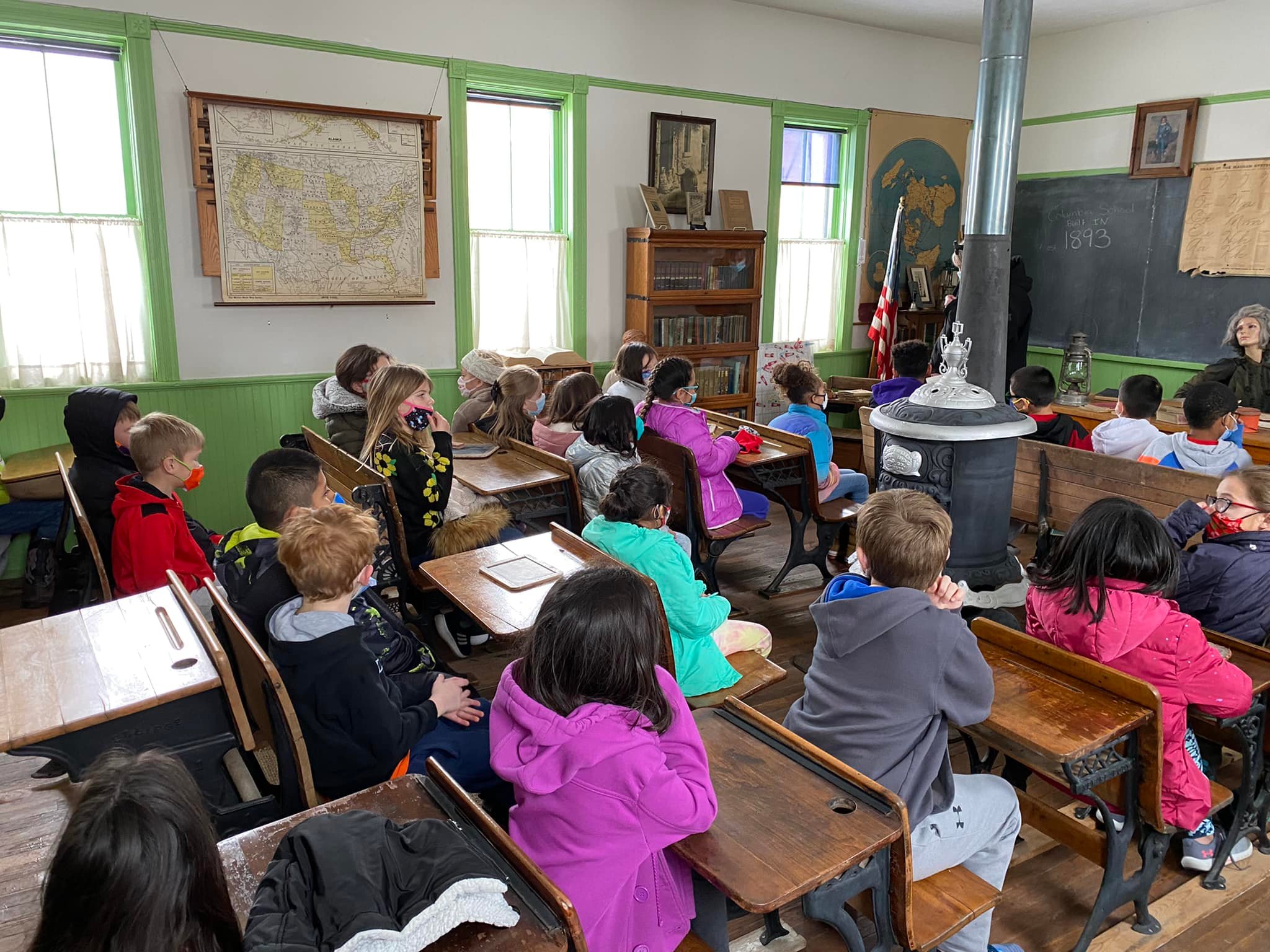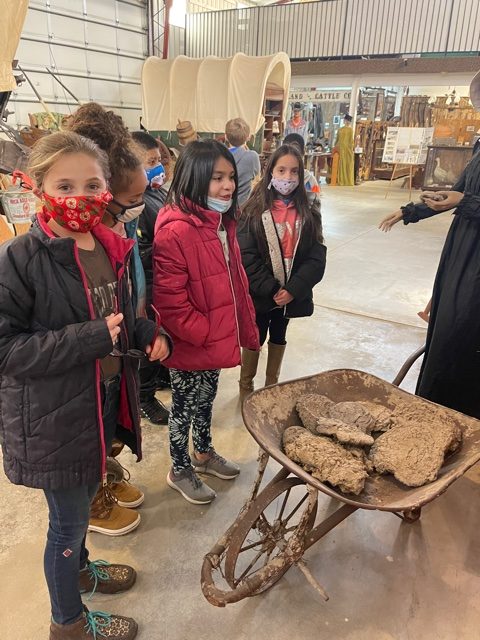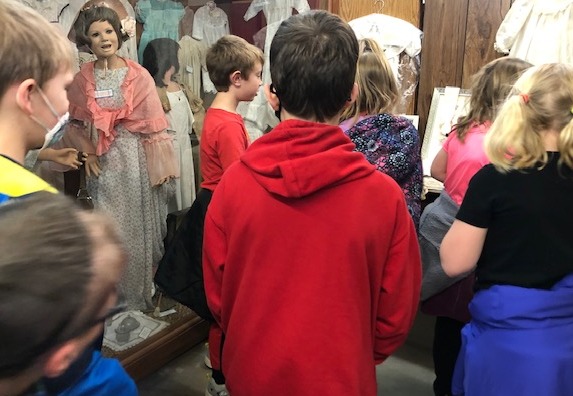Our great state of Kansas recently celebrated 161 years of statehood. Native Americans inhabited the region that is now Kansas for thousands of years before the first white man appeared. Spanish conquistador Francisco Vasquez de Coronado marched north from Mexico in search of the Seven Golden Cities of Gold in 1540. In New Mexico, he was told of the Land of Quivira, and he turned east and north in search of the fabled place of wealth. By the summer of 1541, 80 years before the Pilgrims landed at Plymouth Rock, Coronado had reached the Arkansas River in Kansas, crossing near the area which is now known as Dodge City.
Coronado returned to New Mexico. Father Juan de Padilla, a priest who had accompanied him, returned to Kansas the following year in hopes to bring Christianity to the Indians but was killed. The exact place of his death is unknown. For a time, Spain, France and England all had claims on Kansas. The English did nothing to further their claim. French claims were ceded to Spain in 1762, but title was returned to France in 1800. The US purchased the Louisiana Territory from France in 1803.
Kansas was organized as a territory in May of 1854, but the battle for statehood was intense from 1855 to 1861. Bloody battles between free-state and pro-slavery forces led to the nickname, “Bleeding Kansas.” After three unsuccessful constitutional conventions, a fourth took place in Wyandotte in July 1859 which proved successful. Free-state advocates were solidly in control and drafted a document barring slavery and fixing the present boundaries of the state. The document was accepted by a vote of the people in October, and in December a provisional state government was elected. In April 1860, the US House of Representatives voted to admit Kansas, but the Senate which was under pro-slavery domination refused. Statehood for Kansas became a national issue, and the Republican platform of 1860 included a plank for immediate admittance. After Abraham Lincoln was elected president in November, several Southern states seceded. The withdrawal of Southern senators and representatives gave control of Congress to the Republicans. The Kansas bill was passed by both houses of Congress and signed by President James Buchanan on January 29, 1861, making Kansas the 34th state admitted to the Union.
For well over 100 years, Kansas school children have been celebrating January 29 as Kansas Day with special activities in and outside of their classrooms. Second and third graders from Lakin and Deerfield joined us the last full week of January to learn about Kansas history, the first people who lived in our part of the state and how they lived, as well as how they got here. Check out the pictures below of our tours then go to the Fun and Games page on our website and check out some fun Kansas activities to do at home.
